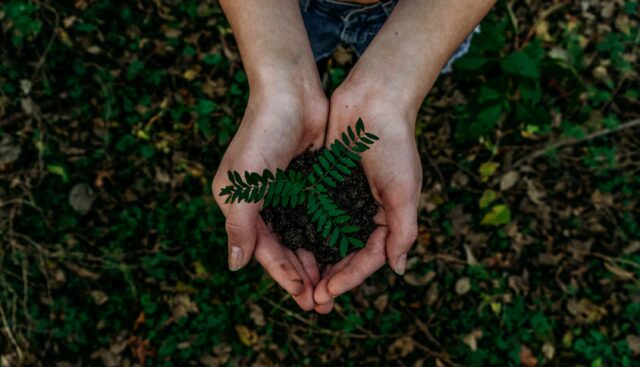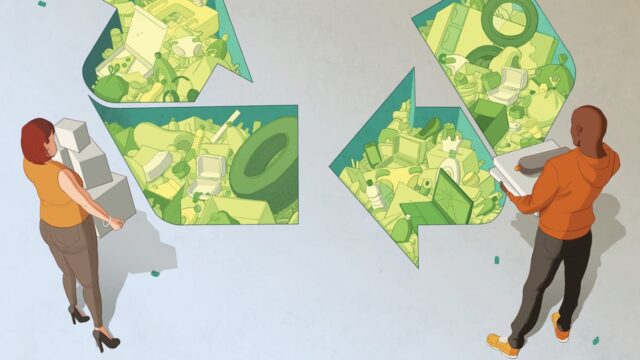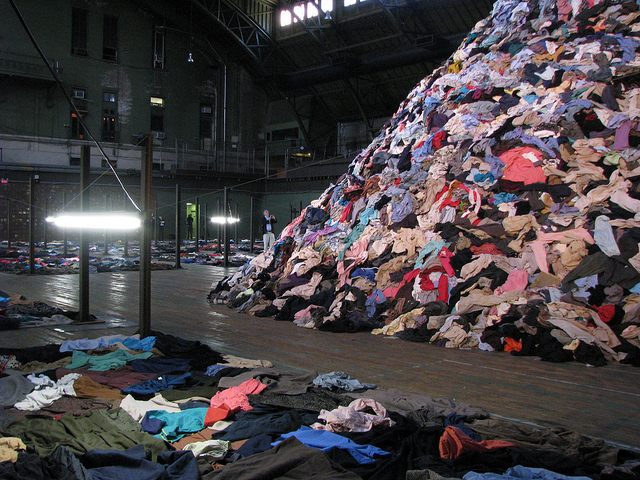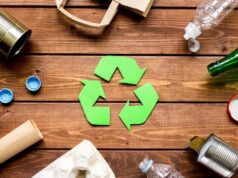
The practice of reducing, reusing, recycling, or the 3Rs, as they are popularly known, can save our environment. The consumerist attitude of the people in the twenty-first century has created several problems for humankind and nature.
There are several reasons why the demand for retail goods has increased in the past few decades. Some factors, like the increase in disposable income of the youth and the ease of shopping via online websites, have fuelled the growth of the retail goods industry.
Unfortunately, the increased demand has been wasteful. And this has resulted in people underutilizing the resources that go into manufacturing a good like a dress or a piece of jewelry.
The Conservation Of Resources Is Vital For People And The Planet. Know Why!
Conservation of precious natural resources is essential if mankind is to enjoy the fruits of nature and leave resources for future generations. Many international conventions have recognized the importance of reducing consumption and buying only what is necessary.
1. Reusing And Recycling Prevents Undue Pressure On Land Resources
Experts suggest that a piece of cloth, be it a dress or a regular top, must be worn at least thirty times before it is discarded.

However, most millennials wear a dress much less than thirty times. Many throw away their dresses and accessories even before they have worn them for the second time. Thus, there is gross underutilization of resources regarding clothes and accessories. Moreover, when a piece of cloth is thrown away, it lands in the municipal waste management system.
The household waste generated from your home finds its way into a landfill before it can be treated further.
It is estimated that, on average, residents of a city like New York discard around two million tonnes of textile waste material every year. This huge amount of waste puts a significant burden on the city’s landfills, as garment-related waste occupies around five percent of the total area of a landfill in a big city.
The massive pile of waste has already started creating a big problem for populated cities of the world. This is because the land resource in a busy city is already scarce. Thus, designating more space for landfills is a near impossibility. Moreover, simply designating more land for landfills will not solve the problem.
The entire waste disposal machinery, including the treatment facilities, the waste collectors, etc., has to be amped up to meet the burgeoning demand for waste treatment. Hence the only way forward for dealing with the piling mountain of waste is to stop generating it or buy used clothes.
So the next time you want to add something new to your wardrobe, do not search for a brand new version; instead, go for second hand clothes bulk.
2. Reusing Old Clothes Helps Combat Climate Change

In the present times, there has been a concerted effort to use renewable resources like nuclear energy, solar power, and wind power to produce electricity. Despite all the efforts to this date, carbon-based energy sources like coal are the largest source of electricity production.
Many developing countries still require a lot of financial resources and technological advancements to establish a solid renewable energy-based electricity generation system. Moreover, there are some inherent issues with renewable sources of energy, like the lack of continuous supply, which make coal the primary source of electricity.
Every time you buy a brand new product, be it a dress, an accessory, or a pair of shoes, you create an electricity demand. And reusing any good helps combat climate change because the production of anything new requires the consumption of energy.
The United Nations Convention On Climate Change, popularly known as the UNFCCC, has set a goal of restricting the elevation of mean temperature on earth. The target is to limit temperature rise to less than one and a half degree Celsius above the pre-industrial era. If the ambitious target of the UNFCCC is to be realized, then reducing wants and recycling products is the only way forward.
3. Reusing And Recycling Clothes Saves Water Resources
The production of a simple piece of garment requires water in multiple stages. Water is used for watering the crops that produce fibers like cotton, jute, etc.
Water is also required mainly as a solvent for dissolving dyes with which a piece of cloth is to be dyed. And finally, large amounts of water are used for washing and rinsing clothes before they are released into the market.

The textile industry is classified as water-intensive. A report found that in 2015 the textile industry consumed around eighty billion cubic meters of water. The dyeing process consumes around fifty to three hundred liters of water per kilogram of fiber and if the consumerist trends do not undergo any change, then the water demand will increase by fifty percent by the year 2030.
The water resources on earth, like all natural resources, are under severe strain. According to reports, more than forty percent of the world’s population is affected by water scarcity. If sectors like the textile industry do not reduce the demand for water, then there will soon come a time when industrial demand for water will compete against a demand for drinkable water.
Conclusion
The consumerist mentality of the people will lead to a situation where all the earth’s natural resources will be deleted permanently. Natural resources like fossil fuels take millions of years to form.
So if the rate of extraction and consumption of resources like coal far exceeds the renewal rate, mankind will no longer be able to use these resources. Researchers from across the globe believe that fossil fuels will continue to be the primary energy source for the next few decades. And if people deplete all the coal, there will soon be a lurch for fuel to generate electricity.
Likewise, people mistakenly believe that water resources on earth are infinite. However, the supply of fresh potable water is limited. So fossil fuels, water, and land resources all need to be strongly protected for the well-being of all living beings.













